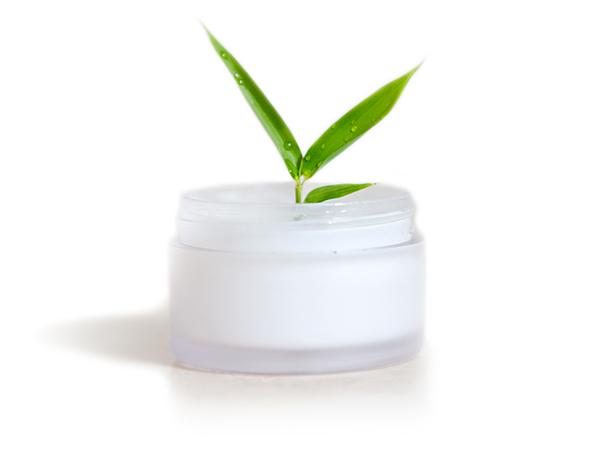Objectives of the Introduction to the Environmental Safety
of Cosmetics in the EU
Safety of Cosmetics is a key issue in the EU
In Europe, legislation is fragmented, with different regulations governing chemicals, pharmaceuticals, food additives, cosmetics, and more. As such, cosmetic ingredients are subject to separate legislation from industrial chemicals (REACH Regulation No. 1907/2006), despite being chemical substances. The risk assessment of cosmetic ingredients for human health is outlined in Regulation (EU) No. 1223/2009, which uniquely permits only non-animal alternative methods or so-called New Approach Methods (NAMs). This differs from the REACH Regulation, which still allows animal testing. While cosmetics are exempt from REACH concerning human health, they are not regarding environmental safety. With the EU's Green Deal policy, environmental concerns, including those related to cosmetics and their ingredients, are gaining prominence. However, there are limited non-animal NAMs available to assess the environmental safety of chemical substances, creating the complex situation that currently, the use of animals for cosmetic ingredient testing is prohibited for human safety but may be required for environmental safety.
As an introduction to this complex landscape, the course aims to provide participants with a comprehensive understanding of environmental safety considerations in the EU cosmetic industry. Through expert-led sessions, participants will gain insights into the regulatory framework, environmental exposure assessment, risk assessment methodologies, and emerging issues such as the use of NAMs and the impact of cosmetic ingredients on aquatic environments.
At the end of the theoretical course, a practical training is included using environmental case studies. The possibility is given to all participants to pass a written exam (open book exam) during the last day of the course, which, upon success, results in an official training course VUB-certificate (ECTS points not yet available but in progress).
Please note that the number of participants is limited to 70. In view of the high number of participants in the courses organised during the last years, it is highly advisable to complete the online registration form and do the online payment by credit card. Registration will be carried out on a first come first served basis.
Key questions to be tackled by the Environmental Safety course
- What are the regulatory changes affecting the safety assessment of cosmetic ingredients in the EU?
- What is the impact of environmental legislation on the cosmetic industry?
- What do we know about biodegradation, bioaccumulation and mobility, the key players in environmental safety?
- What tools are available for assessing environmental exposure to cosmetic ingredients?
- What is the current status of acute and chronic fish tests in relation to animal-free NAMs?
- Can we use in silico tools for environmental safety?
- Are OECD guidelines available for environmental hazard assessment of cosmetic ingredients?
- What opportunities and challenges do animal-free NAMs present for assessing the environmental safety of cosmetic ingredients?
- Are UV filters a treat for coral reefs?
- What about polymers and nano-plastics potentially present in cosmetics?
- How do cosmetic ingredients contribute to endocrine activity in aquatic environments?
- What are the differences and similarities in risk assessment methodologies for environmental and human health considerations?
Answers to these questions together with guidance in a number of case studies will help participants in understanding the complexities of environmental safety in the cosmetic industry and equip them with the knowledge to navigate regulatory requirements.
